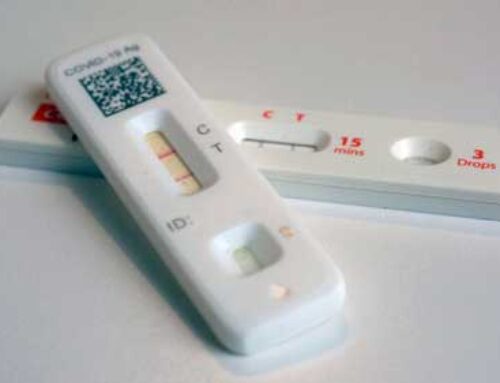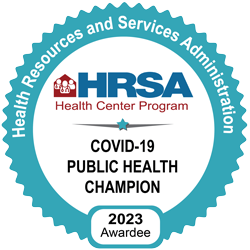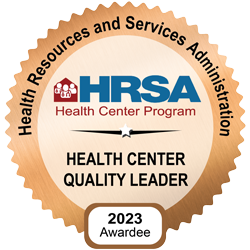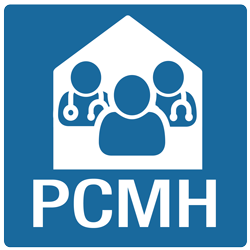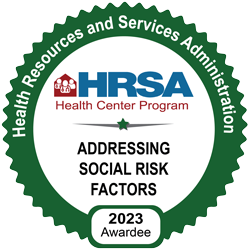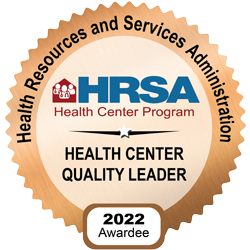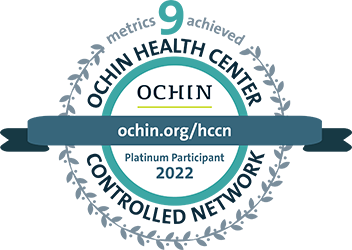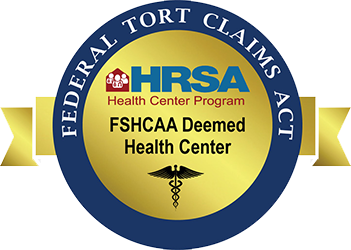What is diabetes?
Diabetes is a chronic (long-lasting) health condition that affects how your body turns food into energy. Your body breaks down most of the food you eat into sugar (glucose) and releases it into your bloodstream. When your blood sugar goes up, it signals your pancreas to release insulin. Insulin acts like a key that lets the blood sugar into your body’s cells for use as energy.
With diabetes, your body doesn’t make enough insulin or can’t use it as well as it should. When there isn’t enough insulin or cells stop responding to insulin, too much blood sugar stays in your bloodstream. Over time, that can cause serious health problems such as heart disease, vision loss and kidney disease.
Type 1 diabetes is believed to be an autoimmune response and develops early in life, while type 2 diabetes is a result of lifestyle factors like excessive weight and can develop after many years.
Local facts about diabetes
- In 2020, more than 1 million (12.4 percent) Ohio adults were diagnosed with diabetes.
- In 2020, diabetes was the primary cause of death for 4,381 Ohioans and was a contributing cause of many more.
- In addition, approximately 929,000 Ohio adults (10.2 percent) had been diagnosed with prediabetes, increasing their risk of progressing to Type 2 diabetes later in life. It is estimated that another 2.2 million Ohio adults have prediabetes but have not been diagnosed.
What can you do to lower your risk of diabetes?
Preventative steps
- Take this quick screening test: https://doihaveprediabetes.org/take-the-risk-test/#/
- Health care providers play a crucial role in helping their patients prevent or delay Type 2 diabetes and manage all types of diabetes. Routine exams can help you stay in control of your health.
Healthy choices
- Preventing or even delaying getting Type 2 diabetes can lower your risk for heart disease, stroke, blindness and kidney failure. Taking small, practical steps that add up to a healthy lifestyle you can stick with and enjoy can help prevent/manage diabetes.
- Suggested actions:
- Establish a starting point: What is motivating you to start this journey? What new version of yourself are you trying to create?
- Set a weight goal.
- Make a nutrition plan for healthier eating.
- Start moving. Set a physical activity goal for healthier movement.
- Track your progress. Download an app to keep track of your success!
- It’s a journey so surround yourself with your support system.
- Suggested actions:
Sources:
https://www.cdc.gov/diabetes/index.html
https://odh.ohio.gov/know-our-programs/diabetes/diabetes

